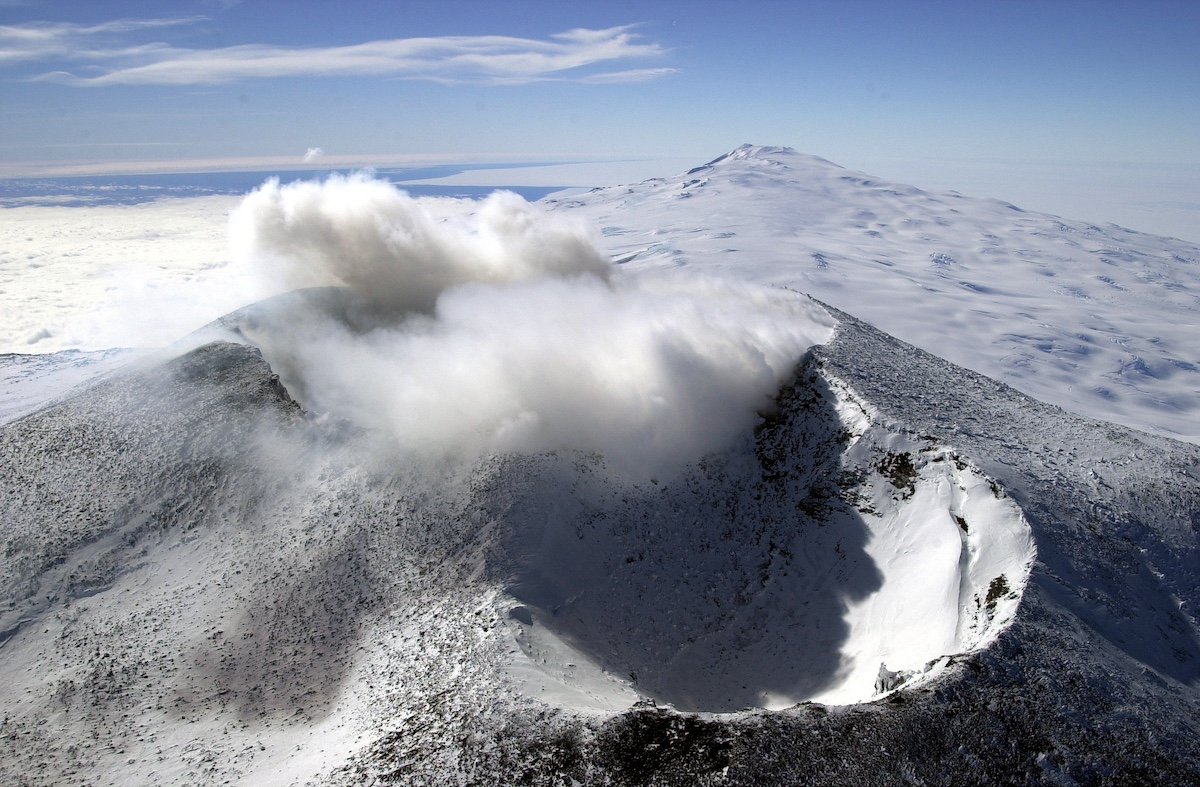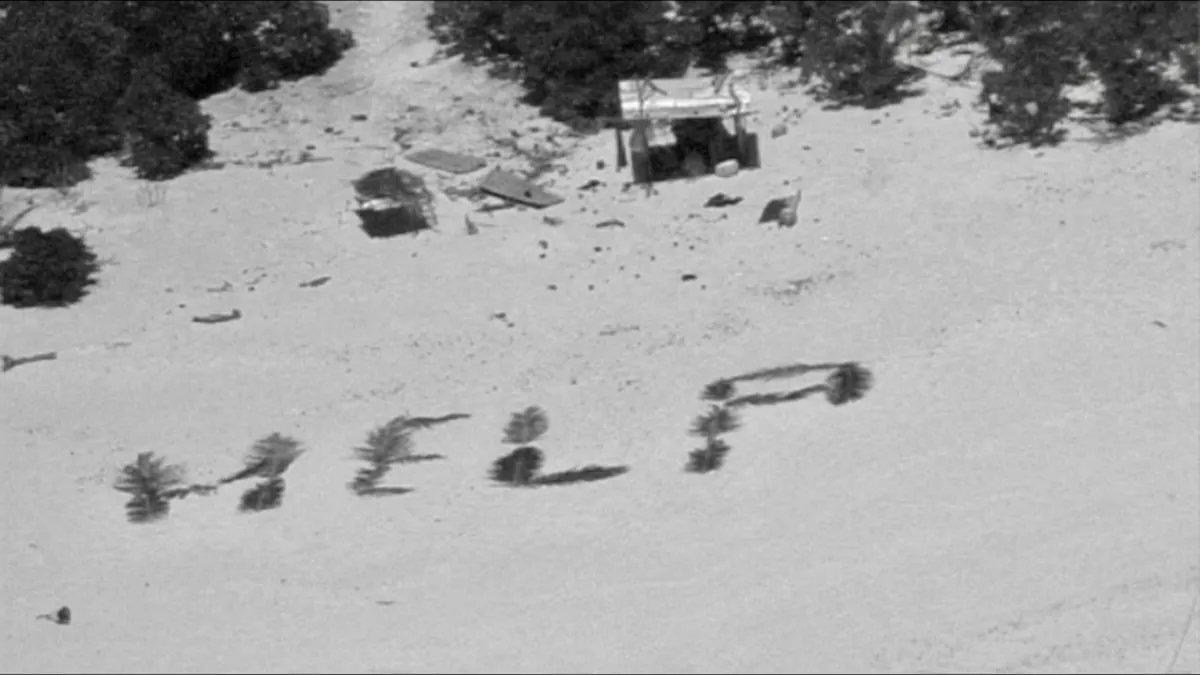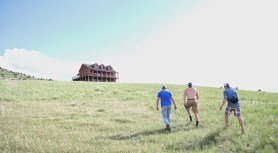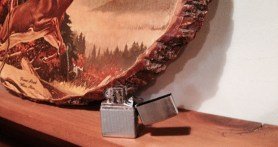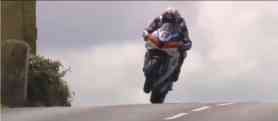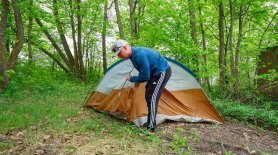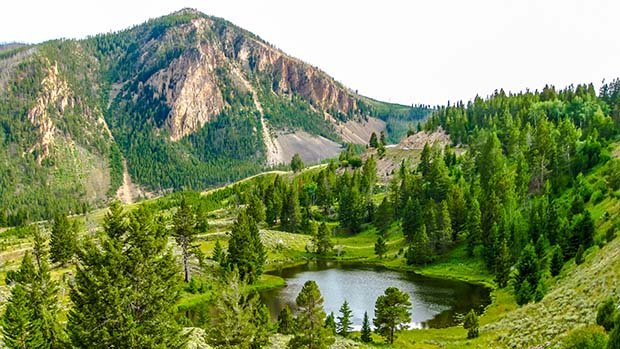

Looking back … and forward … on America’s national parks.
Since this year marks the 100th anniversary of the National Park Service, we decided to track down someone who could provide a unique and informed opinion about the incredible parks we’ve all grown to love. Kurt Repanshek is the founder and editor-in-chief of the National Parks Traveler, a website that “offers readers a unique multimedia blend of news, feature content, debate, and discussion all tied to America’s national parks.” Kurt was kind enough to really dig in and give us benefit of his experience and insight. Enjoy … and raise a salute to the centennial of America’s national parks!
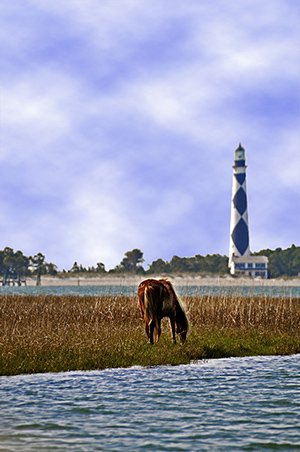
50 Campfires: The National Parks have endured for more than100 years in the United States. Why do you think people continue to visit them year after year? What is the benefit?
Kurt: I think there are many reasons people head to the parks and go back again and again. There’s incredible beauty, whether you’re watching Old Faithful erupt or looking at the rumpled mountain landscape of Great Smoky Mountains National Park. There’s rich history preserved in the parks, history that predates the founding of the country, prehistory going back tens of thousands of years, and, of course, geologic history that goes back millions of years.
The National Park System holds incredible ‘classrooms’ and sources of national pride. Parks are great places for gatherings of friends and family, to reconnect in gorgeous settings where you can relax and catch up around a campfire or on a hike. And, of course, they are spectacular places to recharge yourself away from the human rat race and all its electrical tethers.
There is so much to take-in in a national park that you often can’t experience it all on one visit. Or you fall in love with what you experience. In either case, you’re drawn back again and again. Some folks go to the same national park year after year after year, while others work there way through the park system to savor all it offers.
50 Campfires: Everyone is familiar with Yellowstone, Yosemite, Glacier, etc. What do you consider to the “hidden gem” that might be relatively unknown?
Kurt: Arches National Park, Utah. This small park—76,518 acres—packs an incredible number of stone arches and windows into the landscape. And that’s why it attracts so many visitors: a record 1.4 million last year, or a nearly 9 percent increase over 2014. So many visitors tried to get in during the Memorial Day Weekend last year the Utah Highway Patrol temporarily closed the park’s entrance as traffic was backing up onto U.S. 191.
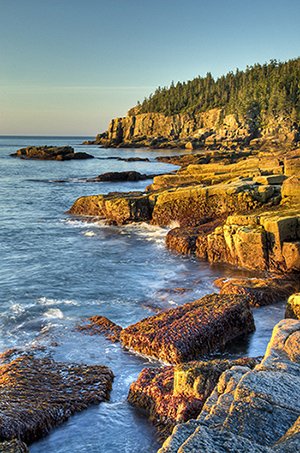
Other possibilities in the general vicinity include Natural Bridges National Monument 124 miles to the southwest, or soaking up some Native American history at Hovenweep National Monument 122 miles to the southeast.
At any of these parks, keep in mind that summertime day temperatures can be high and flash floods are a possibility in some areas. Late September or October, after school starts, might give you more breathing room.
50 Campfires: We often hear about people trying to visit every National Park. Do you know anyone who has done this? How long does it usually take?
Kurt: I’m afraid I don’t personally know anyone who has tried this. For some, it can take many years, depending on how much time off they have coming. Others seem to see it as something of a challenge or, I hate to say, an attention-getting gimmick.
For instance, in the past year there have been several folks, at least, determined to visit the 59 national parks in 59 weeks, or all 411 units in 12 months. Is that really a relaxing, enjoyable experience? Can you really learn much about a park if you’re constantly rushing through it to get to the next one? I wouldn’t want to commit myself to such a schedule.
50 Campfires: Name your favorite park in the winter and favorite in the summer.
Kurt: Yellowstone and Acadia.
50 Campfires: As we become more of a plugged-in society, it becomes more important to unplug. What role to National Parks play here?
Kurt: I’d like to think the National Park Service embraces the role of offering places where you can put the phone down, but there’s a drive to see more and more Wi-Fi access in the park system. With that reality, it falls on individuals to decide if they are willing to take themselves off the grid and relax.
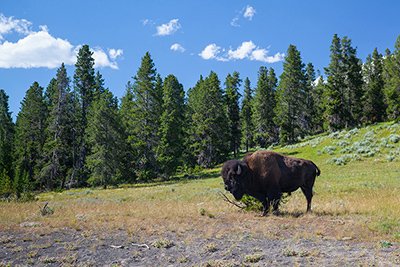
50 Campfires: What is the best single experience you’ve had in a National Park?
Kurt: That’s a pretty tough question to answer when you realize I’ve been going to parks for more than four decades. That said, in September 2008 I was in the backcountry of Yellowstone National Park with two buddies, and in a 24-hour span we were treated to a grizzly digging for meals in a meadow, a chorus from chortling sandhill cranes roosting on a migratory stop, and, in the inky predawn darkness, a lone wolf howling. It was magical.
